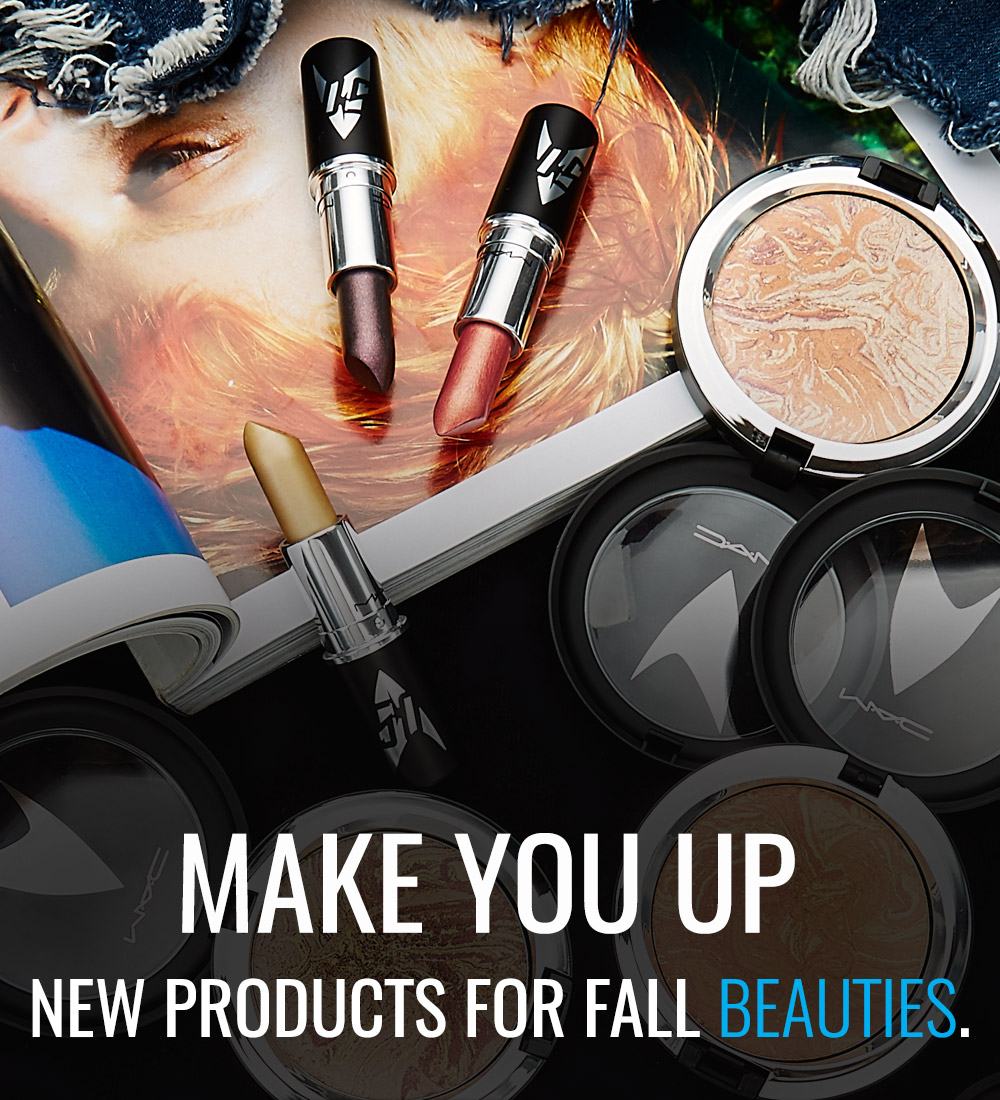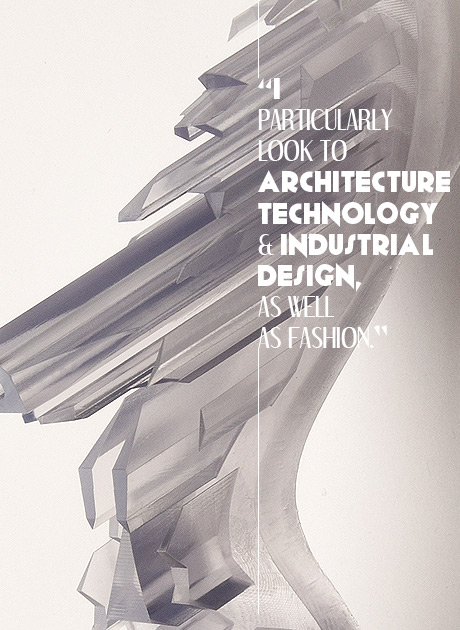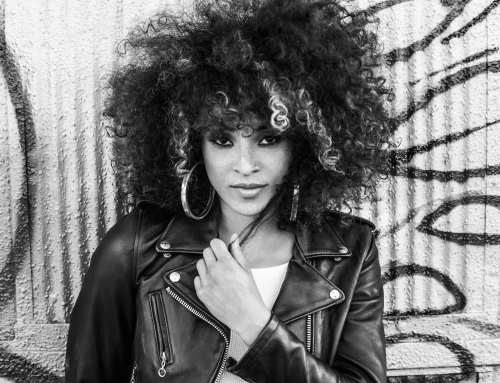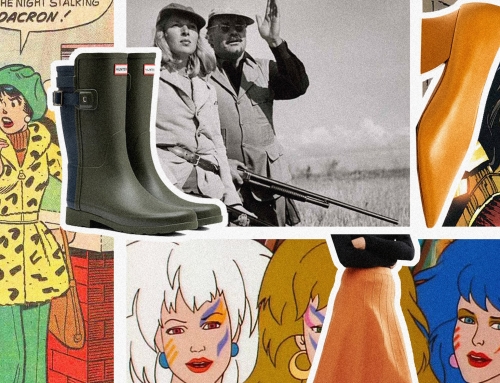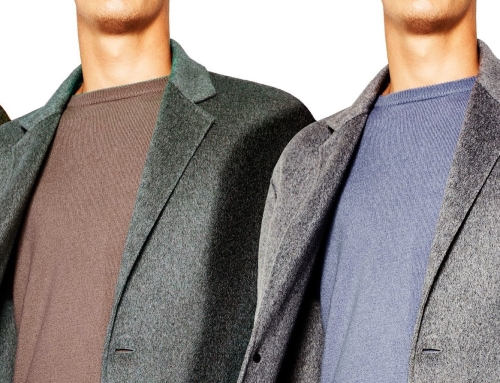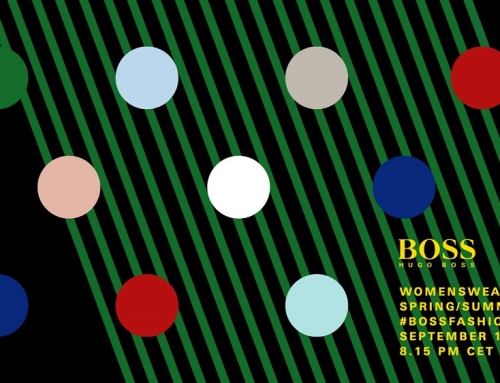Placing equal importance on both sustainability and design aesthetic was the cornerstone of Helen Furber’s blueprint for her BA project. Melding inspiration from England’s Victoria & Albert museum’s Cold War Modern exhibition (in particular vintage space suits), Visionary Architecture, and performance footwear technology, Icica, as the project was titled, is a concept collection that explores sustainability in luxury footwear. Furber’s realization that a truly sustainable shoe wouldn’t be possible with traditional manufacturing techniques lead to the development of Icica’s modular construction. Modular construction would allow full separation of parts post-consumption, “rather than with traditional [manufacturing], where you’re left with an inseparable amalgamation of various different materials,” she explains.
From shoe fabrication to packaging to the composition of her look book, the origins of every detail have been considered by this London College of Fashion alum. Take the use of cow leathers, all organically tanned, using traceable hides from certified organic cattle. The result? An eco-conscious shoe, that, not by chance, is aesthetically stunning, enough so to even grab the attention of blogsphere royalty Susie Bubble. Here’s what Furber has to say about choosing green in the fashion industry, and the path its taken her down thus far.
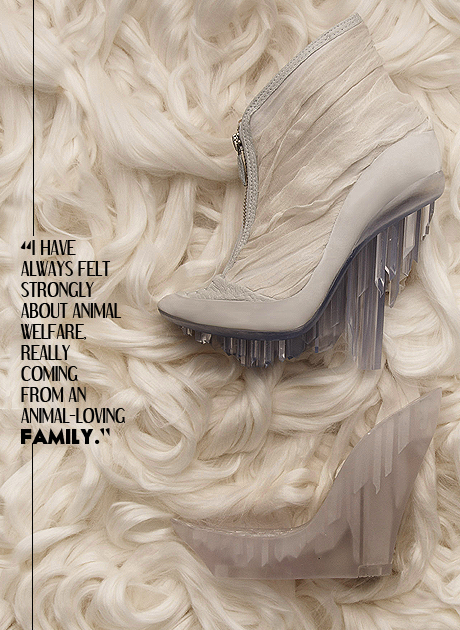
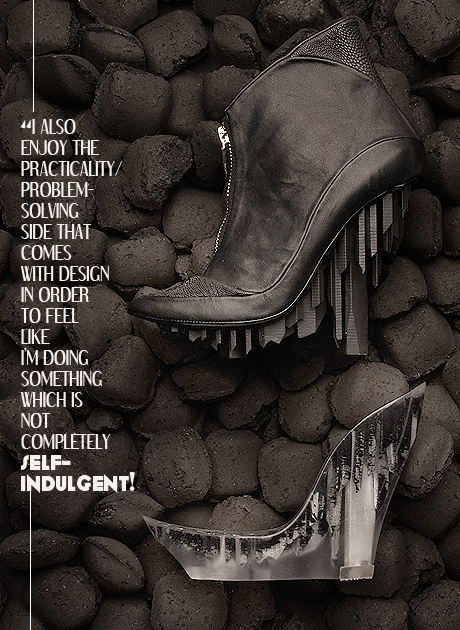
How would you describe Icica to someone who has never heard of or seen it?
I would say a concept shoe which aims to set a benchmark for redefining what luxury footwear really is, proposing a truly more sustainable method of construction, whilst also being a striking, unique, avant-garde piece.
The creative process behind developing such a high-reaching project must have been an intense one.
[It] was driven by business, product, and market research, combined with my ethos, from which I formulated the brief and plan for my brand, and then approached the designs accordingly, almost like problem-solving. I had a strong vision of the market level I was aiming for and the aesthetics, and it was a case of drawing and developing and more drawing to work through ideas until I reached styles I was happy with.
What influences in the end helped that happiness?
I always have at least 3 different research tangents, and for this project that began with the V&A exhibition, Cold War Modern, which I visited some time ago. I was really inspired by the retro-futuristic vision displayed there, and was adamant that I wanted vintage spacesuits to be a visual reference. This was explored with a fantastic book, Spacesuits: The Smithsonian National Air and Space Museum Collection, as well as Visionary Architecture, which was a key inspiration for sole and tread designs. I was also really inspired by the idea of “nature meets technology,” which I see as a core basis for my research and vision, and looked at rock faces and jagged rock forms which are natural but luxurious.
Was there performance footwear technology out there already that you referenced when working on your prototype?
I was more inspired by the approach/method the performance designers at adidas take when designing shoes, which is completely different from the traditional luxury manufacture I had experienced prior to my internship. Through using CAD and 3D modelling software there is a complete freedom to develop totally original components which are then rapid prototyped on a 3D printer, allowing sole units to be almost any shape you want. The kind of detail and designs that can be achieved would be incredibly time-consuming, and in some cases impossible, with traditional hand-manufacture. I saw an opportunity for this to allow me great creative freedom when approaching my designs, especially when looking at a non-traditional construction.
You’ve stated: “I don’t want any product I design to ultimately involve the suffering of any being or the environment … No luxury product in my world could ever be a luxury to me where a sentient being has had to undergo such suffering.” How did this come to be your career’s mandate?
I have always felt strongly about animal welfare, really coming from an animal-loving family, but I suppose it’s been through the process of learning about where leathers come from, speaking to people who have worked with tanneries, and also seeing footage from some of the charities involved in trying to stop such suffering that has really convinced me. One particular video I was sent by a friend showed undercover footage of a fox being skinned alive in China for fur, and it is the most shocking and horrifying thing I have seen, and just really cemented my views. I suppose I only really declared it when considering everything for this project, but the underlying belief has been there for a long time.
Which designers (fashion or otherwise) have informed your overall aesthetic?
I try to look outside of fashion as much as possible, and think I’m more informed by movements and trends in general in various fields. I particularly look to architecture, technology and industrial design, as well as fashion. The designers I most admire are Nicholas Kirkwood in footwear, Nicolas Ghesquière/Balenciaga, Riccardo Tisci/Givenchy in fashion.
It’s evident that you do tend to look outside of fashion for inspiration; you reference many names in the field of fine arts in your blog. Was fine art ever an option before design?
I did Fine Art at A-level before doing a general design course, and whilst I enjoyed it I don’t think I was gifted enough to have made a living out of it. I also enjoy the practicality/problem-solving side that comes with design (almost justifying the need for products, really) in order to feel like I’m doing something which is not completely self-indulgent!
So then footwear design it was?
When choosing my degree, I was interested in fashion but also felt I needed more than just clothing, and always enjoyed the sculptural/making side of things. My tutor suggested I look at shoes and it all seemed to fall into place…
What can we expect from your next collection?
At the moment I’m still developing the constructions for various styles, so there is no next collection or finalised first collection, really, all work in progress. Although one thing I have seen are Lichtenberg figures which look like lightening trapped inside heels. See my blog post http://shoekitchen.blogspot.com/2010/08/electrifying.html
Post-Lichtenberg, say 5 years down the road, where do you see yourself?
In a successful job! Either having worked as a designer for someone else or with my own brand up and running, or maybe both…





